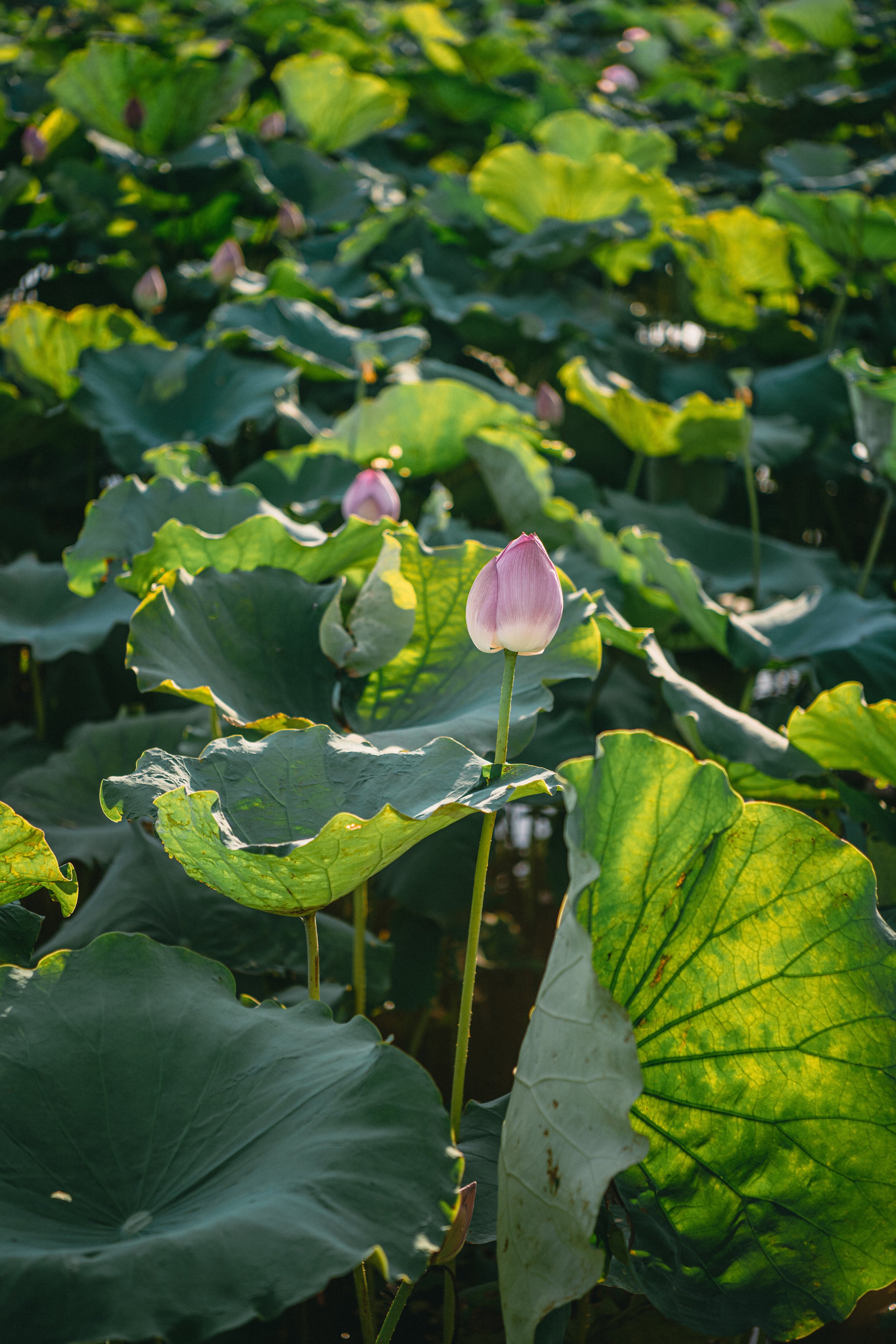Silk Lotus
Silk Lotus
SILK SPINNING FROM LOTUS
The beautiful yet painstaking process of Silk Lotus Weaving has become widely popular in Vietnam for a multitude of reasons, not least its potential to create alluring textiles in new and creative ways. Once Silk Lotus Threads are obtained from the stems of the lotus plant, they must be expertly fractured and entwined to achieve the desired result, which calls upon a combination of time-honoured skills which have been passed on through the generations. This method of weaving creates soft and delicate fabrics that are highly sought after – however, there’s no doing that such exquisite textiles are the product of hours of difficult and meticulous labour, and the result of years of skilled expertise.
Silk Lotus Fabric is a stunning example of how natural materials are utilised by innovative tribal craftspeople. The fabric itself is obtained by snapping the lotus stems carefully apart, and then teasing out the individual fibres which are used to create this unique thread. The process necessitates a great level of knowledge of both farming and fabric making; a time-honoured combination of skills that many tribeswomen have learned from generations of beautiful textile creation.
As is the case in so many natural textile-making processes, Silk Lotus Fabric calls for a balanced, patient, and precise approach, perfected across the centuries and transformed into an artform. The fibres in the lotus plant must be processed within 24 hours - while they are still wet - in order for the material to be utilized. If they are left out to dry for too long, the material will break, and all the hard labour will be lost. As such, weavers must work around the clock to make the fabric.
In order to create just one scarf, over 9,200 lotus stems and two months of difficult labour are required. Despite the intensity of such a production method, many believe that the process of creating Silk Lotus fabric is more than worth the effort; the beauty of the finished product, as well as the income that it can generate, provides more than adequate justification. The silk lotus textile industry has proven highly popular among tourists in Vietnam, and a scarf made of the precious material can be sold for more than $200. Indeed, as a result of its exclusivity and striking, tactile beauty, many top international fashion designers and brands have started to utilize the fabric and explore the potential of its rare and regal charm.
The Silk Lotus plant grows abundantly throughout the verdant Vietnamese countryside, tended by tribespeople and treasured by communities. When skilled loomer Phan Thi Thuan noticed that the plant was often thrown out after being harvested, she seized the opportunity to utilise the stems to create captivating fabrics. She comes from a family of experienced weavers, and her great aunt created and traded traditionally woven silk during the French colonisation of Vietnam, passing her skills down to her niece when she was six years old. Thanks to her familial expertise in looming, silk lotus weaving offers Thuan a new opportunity to practice her craft and generate an independent income.
Despite the silk lotus plant being the national flower of Vietnam, the technique was first popularised in Myanmar and Cambodia. Thuan was the first to introduce it to Vietnam in 2017, and since then, she has been celebrated as a pioneer in her field and has created myriad opportunities for others to follow in her footsteps.
Keen to pass on her unique and precious skillset, Thuan has taught hundreds how to extract the lotus silk thread and create textiles. She views it as her responsibility to generate jobs, and to do her bit for the environment, demonstrating the close relationship with natural materials that characterises so much of traditional Vietnamese handicrafts.
Article Photo by Bao Vu Kanh commissioned by TextileSeekers

